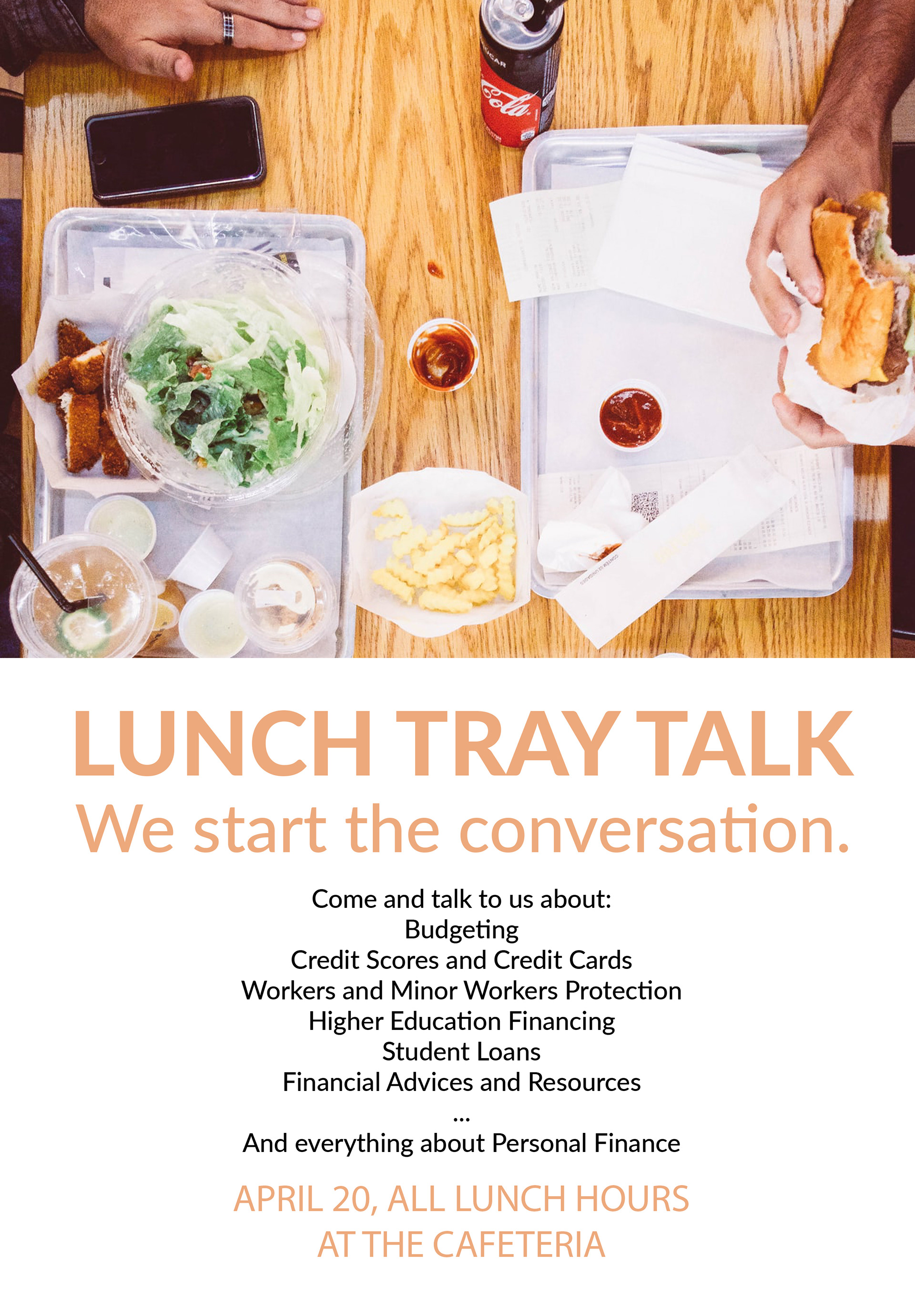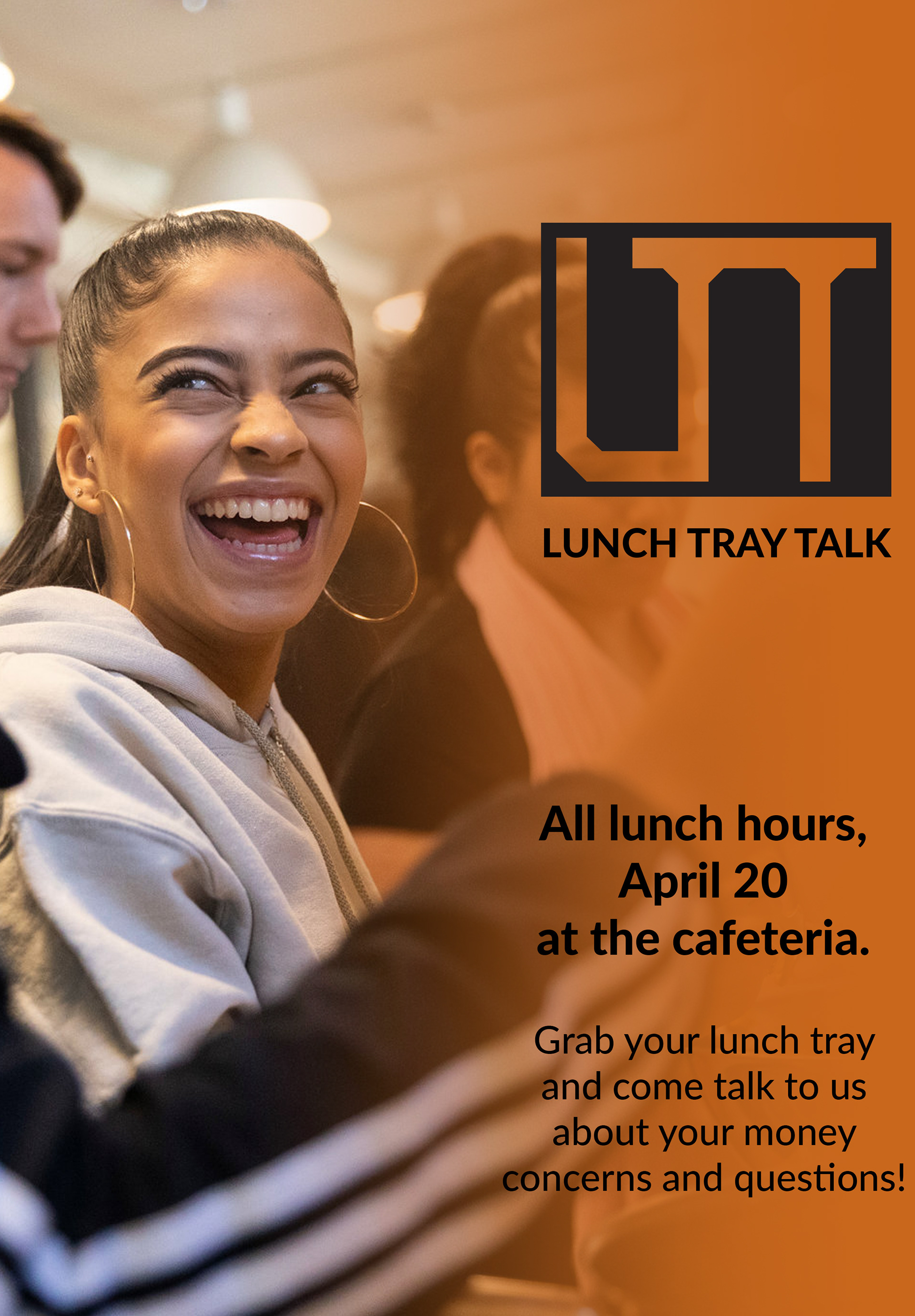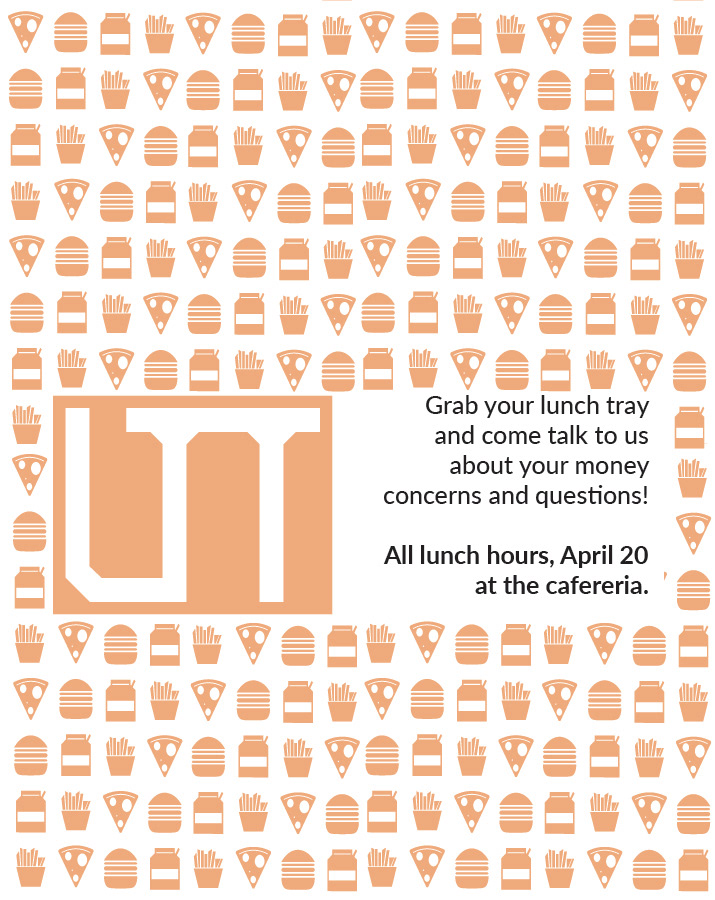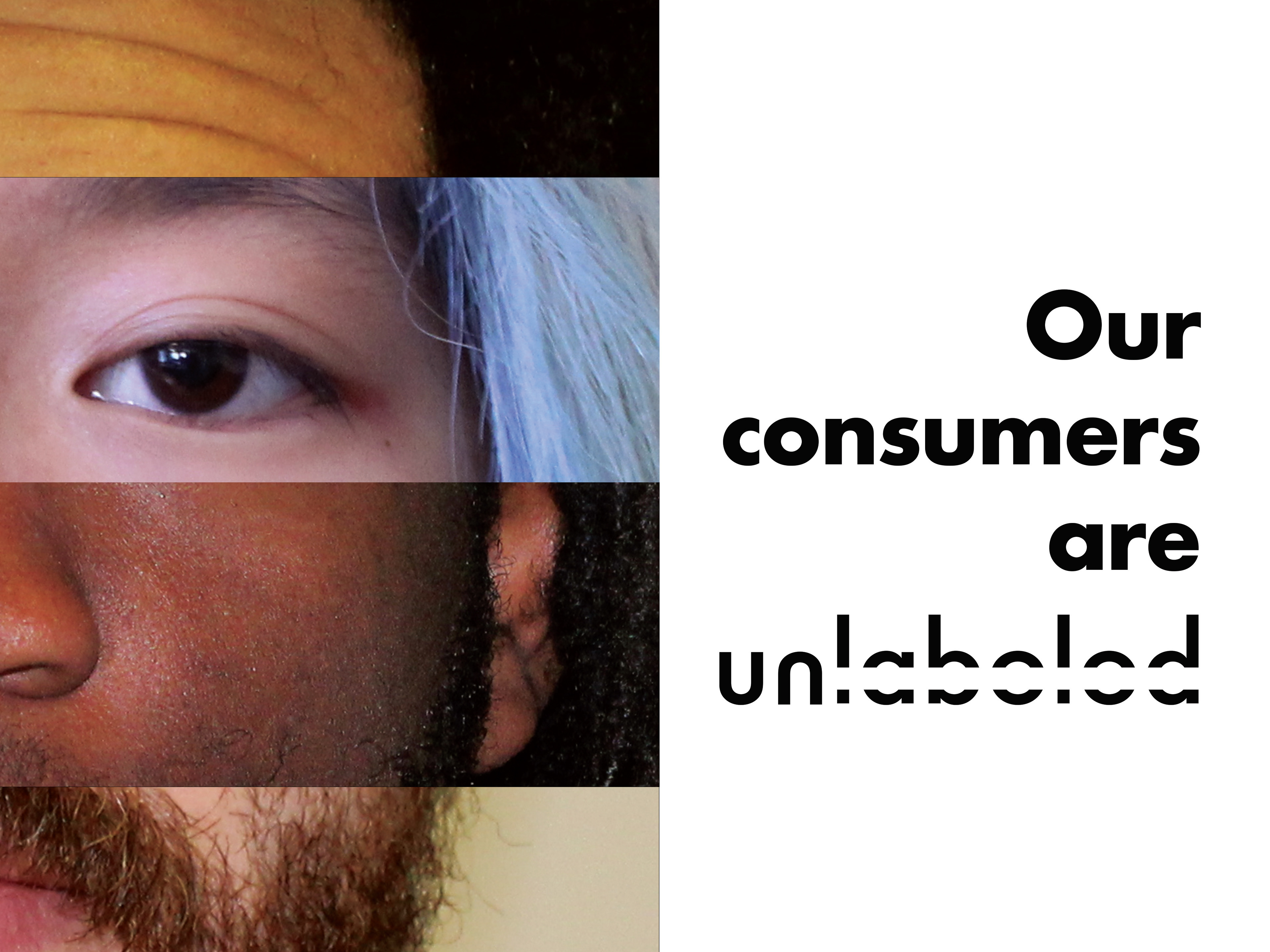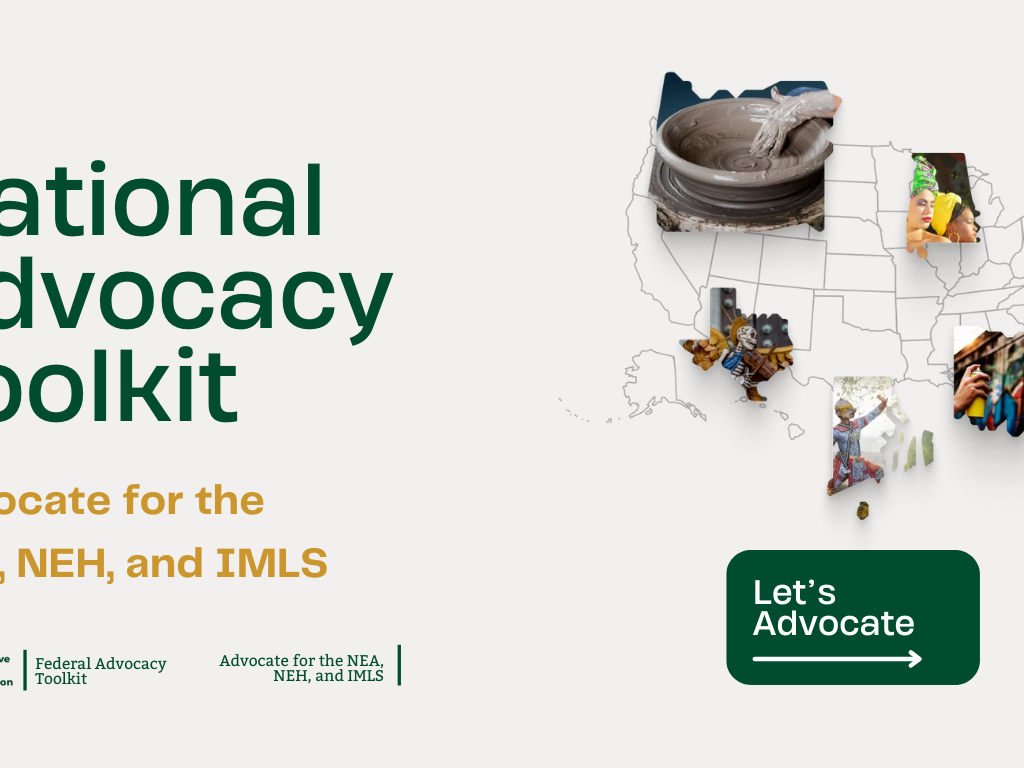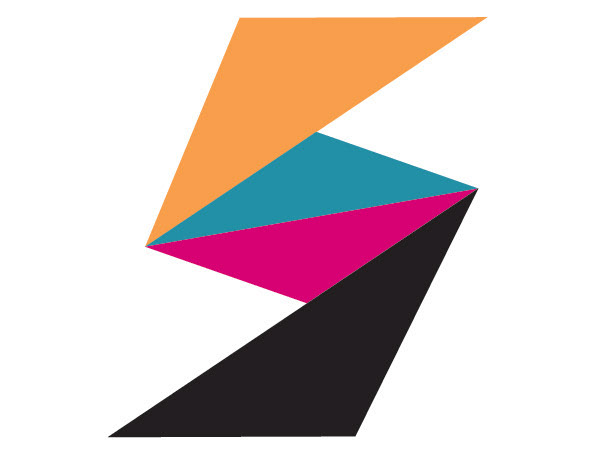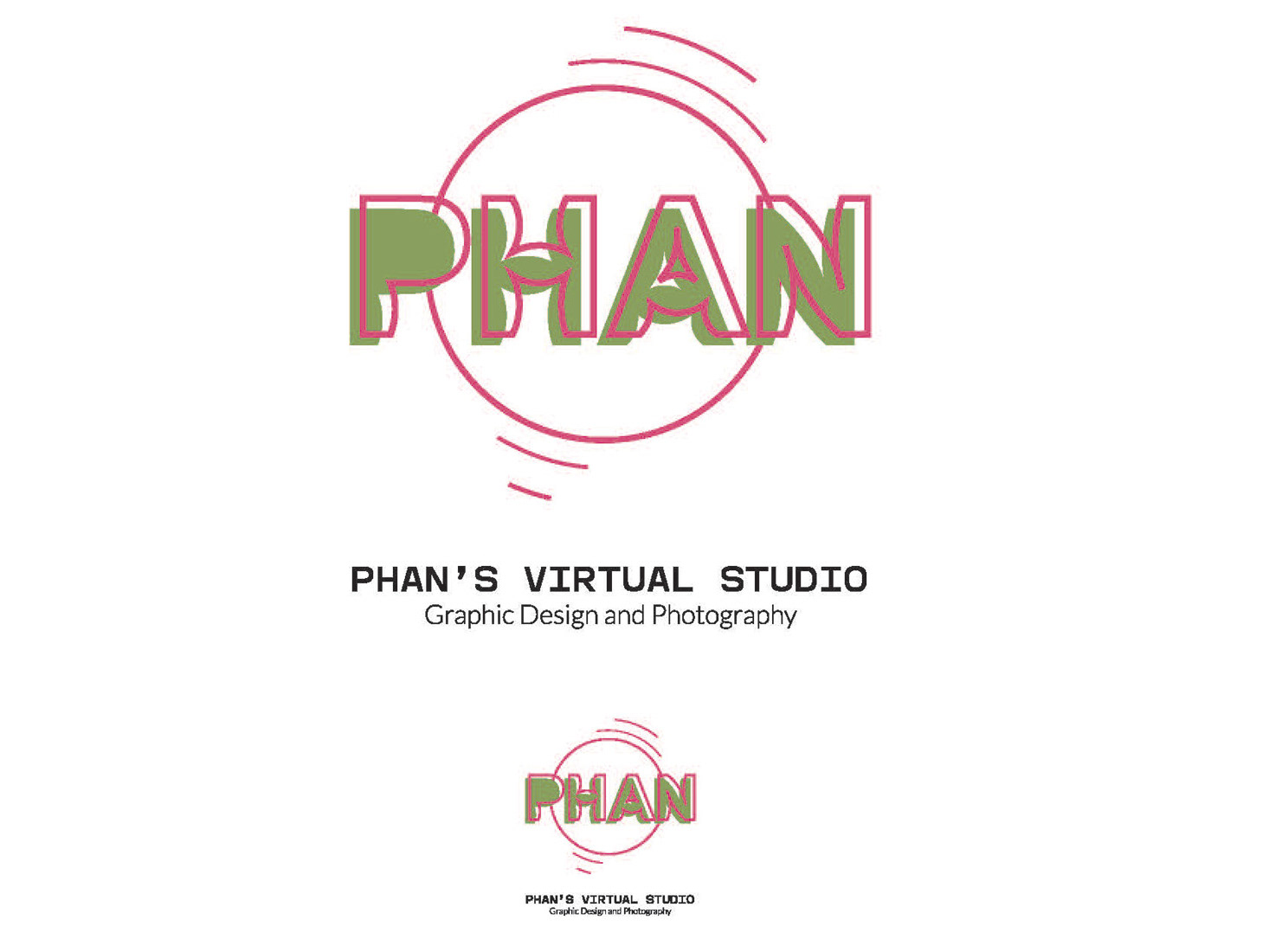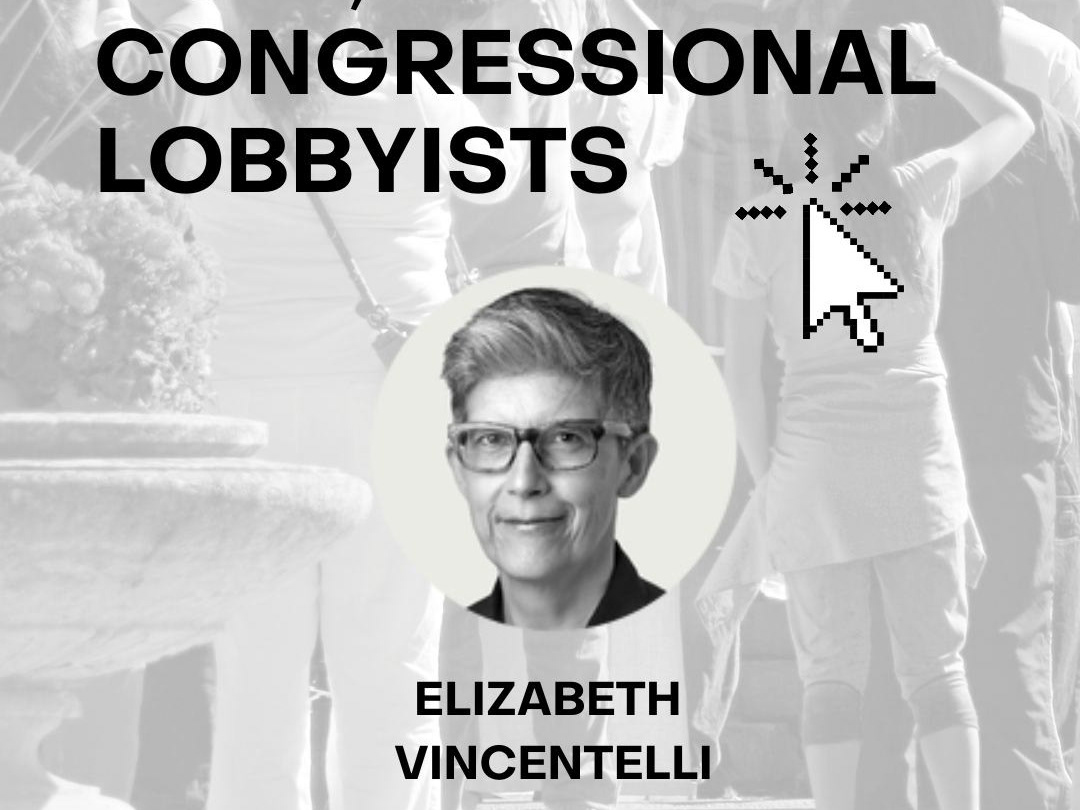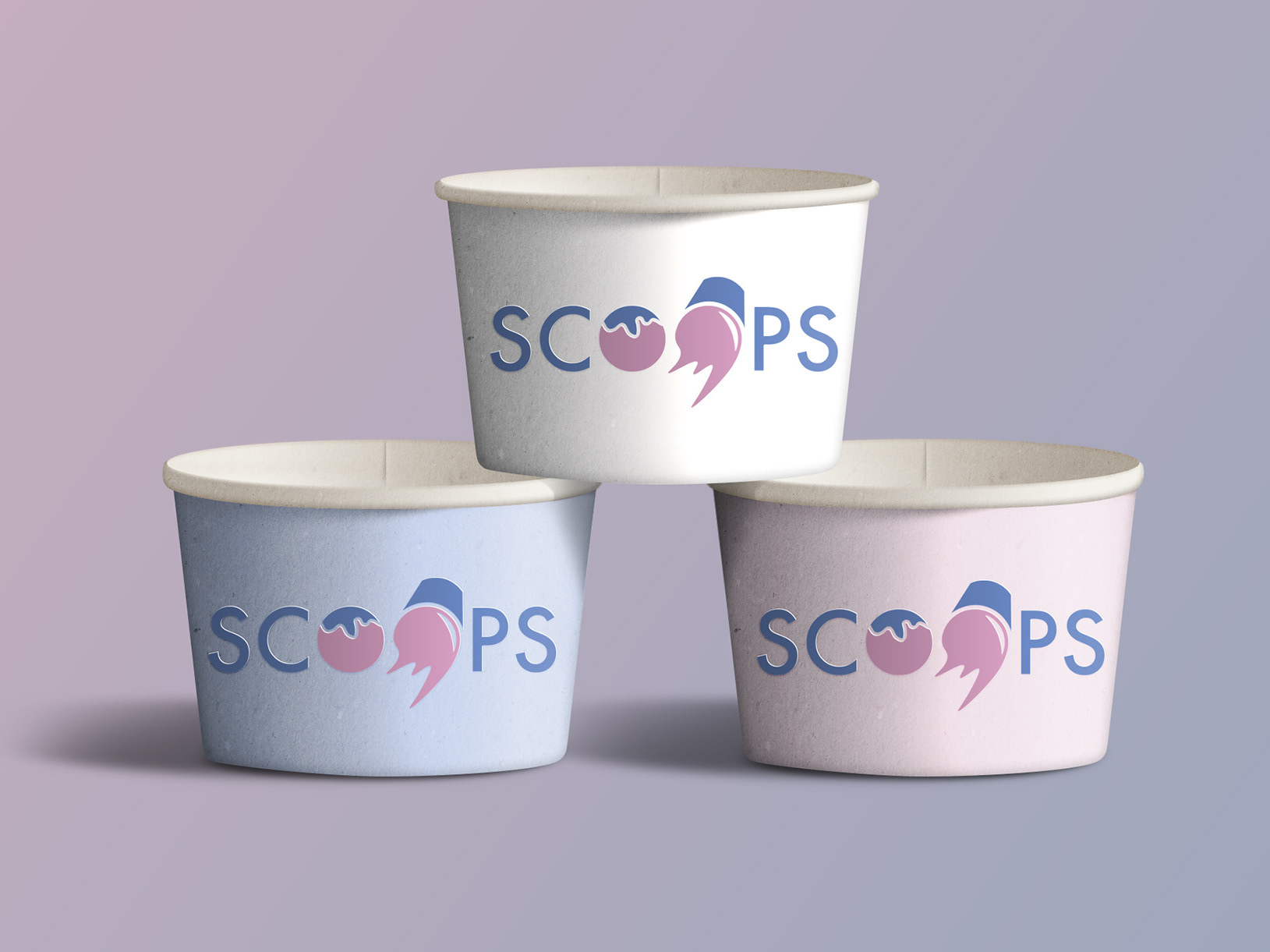Lunch Tray Talk is a project that aims to connect trained young adult volunteers to high school students to share their experience with personal finance, answer basic questions, introduce financial resources and start the conversation to get high school students more open to talking and learning about personal finance.
The goal of this project is to connect high school students with young adults who are close in age and experienced with personal finance (higher education, taxes, moving out, entry-level jobs…), with casual and friendly atmosphere to make personal finance an easier topic to discuss, preparing them with confidence and financial literacy to make important financial decisions that they will face after graduation.
The goal of this project is to connect high school students with young adults who are close in age and experienced with personal finance (higher education, taxes, moving out, entry-level jobs…), with casual and friendly atmosphere to make personal finance an easier topic to discuss, preparing them with confidence and financial literacy to make important financial decisions that they will face after graduation.
Seeking playful and energetic but minimal and less text-heavy design to align with teenagers and young adults as target audience as well as the program's goal of transforming the typically intimidating topic of finance, I developed a promotional poster, a brochure for students to interact with during the action, and a website to keep the engagement going.
